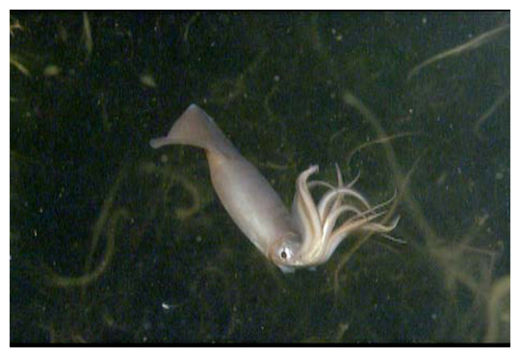OF THE
TIMES
"We have about 50% of the world's wealth but only 6.3% of its population. This disparity is particularly great as between ourselves and the peoples of Asia. In this situation, we cannot fail to be the object of envy and resentment. Our real task in the coming period is to devise a pattern of relationships which will permit us to maintain this position of disparity without positive detriment to our national security. To do so, we will have to dispense with all sentimentality and day-dreaming; and our attention will have to be concentrated everywhere on our immediate national objectives. We need not deceive ourselves that we can afford today the luxury of altruism and world-benefaction."
~ US State Department, 1948
I heard a plausible report, saying the attack was not actually carried out be the IDF/Israel, but local collaborators. [Link] The thing is, Israel...
This is war propaganda. See the USA's bigger than yours , China/Russia/Iran. We still command the skies.
Speaker resorts to "axis of evil".[Link]
An analysis of unidentified aerial phenomena (UAP) reports (UAP is a new umbrella term that includes UFOs not just in the sky but also in space...
Russia has no intention of ceasing hostilities with Ukraine even if the two countries engage in peace talks, as Kiev has proven itself to be an...
To submit an article for publication, see our Submission Guidelines
Reader comments do not necessarily reflect the views of the volunteers, editors, and directors of SOTT.net or the Quantum Future Group.
Some icons on this site were created by: Afterglow, Aha-Soft, AntialiasFactory, artdesigner.lv, Artura, DailyOverview, Everaldo, GraphicsFuel, IconFactory, Iconka, IconShock, Icons-Land, i-love-icons, KDE-look.org, Klukeart, mugenb16, Map Icons Collection, PetshopBoxStudio, VisualPharm, wbeiruti, WebIconset
Powered by PikaJS 🐁 and In·Site
Original content © 2002-2024 by Sott.net/Signs of the Times. See: FAIR USE NOTICE

Comment: Hundreds of dead Humboldt squid washed up on beaches Sunday along Rio Del Mar in Santa Cruz County, California